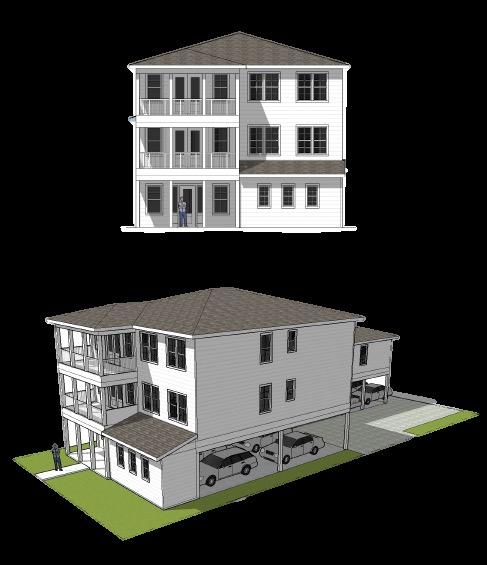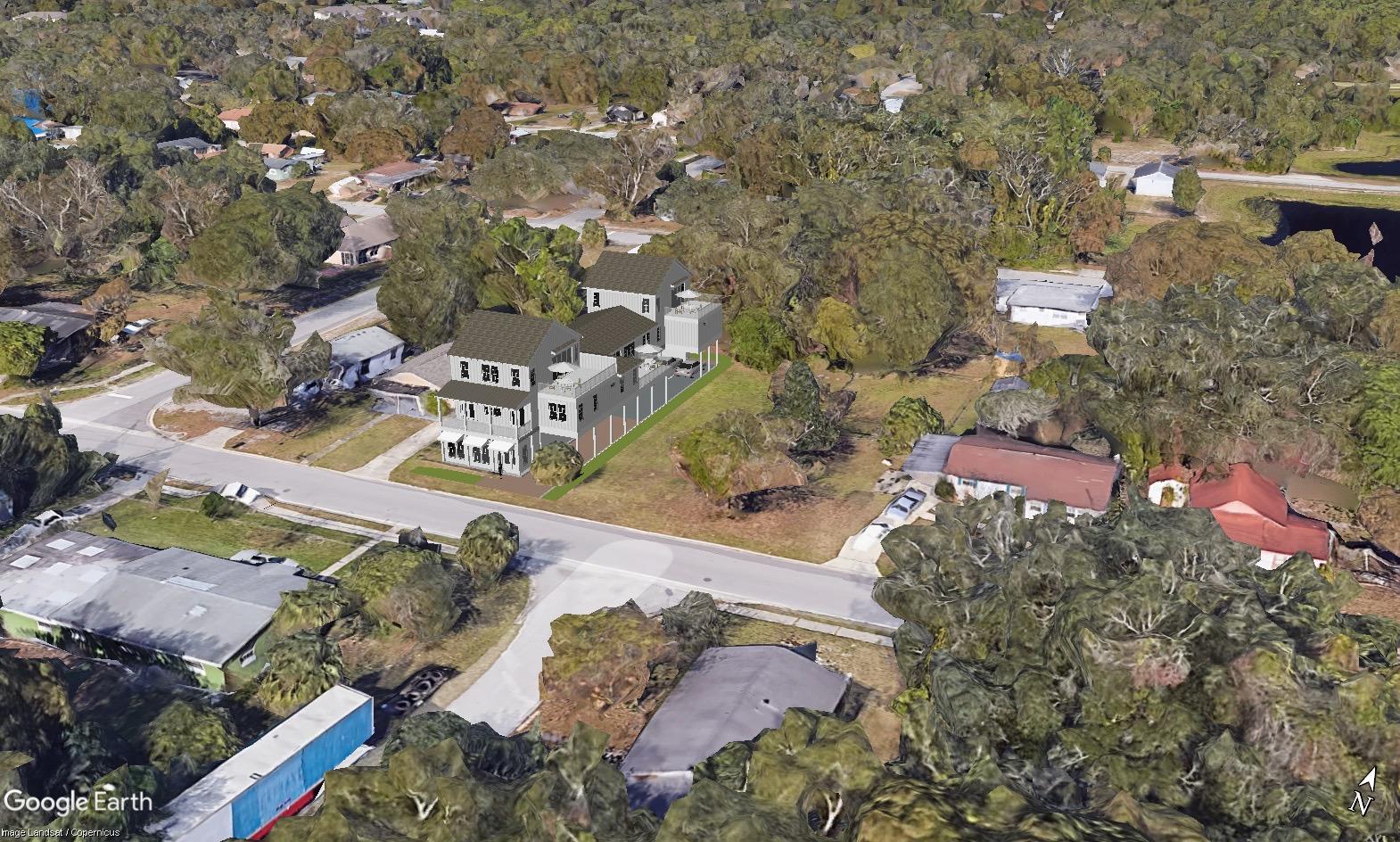












▰ Compact Development in the Comprehensive Plan

• How Shall We Grow
• Energy Conservation → Urban Centers and Corridors Overlay
▰ Transit-Oriented Development Studies
▰ Attainable Housing Report / Regional Affordable Housing Task Force




▰ MXD FLUE (30 du/a; 0.6 FAR)

• Few locations
• No corresponding Zoning District


▰ Urban Centers & Corridors
Overlay


▰
In-person: ~300 participants
▰ Online: ~2,600 participants





Existing
▰ To implement the County’s Future Land Use Plan within the context of the Central Florida Regional Growth Vision to achieve an appropriate balance between public and private interests in achieving the following Objectives and Policies.
Proposed:
▰ Goal 1: Manage Growth and Conservation

▰ Goal 2: Wildlife, Natural Resources, and Sustainability
▰ Goal 3: Maintain Rural Places
▰ Goal 4: Grow Walkable, Active Places
▰ Goal 5: Enhance Existing Places
▰ Goal 6: Coordinate Investments
▰ Goal 7: Property Rights






• Maintain great quality of service


• Increase neighborhood parks
• Improve multimodal access

2018 Leisure Services Master Plan proposed 4 new canoe/kayak facilities and 4 new fishing piers.
Seminole County government should seek new revenue or funding sources for additional parks and trail connections near residences to increase access to the outdoors.


▰ The County (including cities) added ~105,000 new residents from 2000-2020
▰ BEBR* estimates Seminole County will add approximately 90,000 new residents (18% increase) by 2045
▰ ~40,000 residents = ~16,000 new dwelling units anticipated in the unincorporated area**
*Florida’s Bureau of Economic and Business Research ** Balmoral Group
Achievable price points influence the overall feasibility of a project and the potential types of construction.
▰ Average rents in Seminole County have increased year over year
▰ Large increase between 2020-2021 consistent with national trends
▰ County has mimicked regional trends

▰ Redevelopment & Infill in Centers & Corridors*

*Opportunities to improve implementation

Anticipated growth can generally be accommodated under the existing framework


In order to focus development in areas with existing infrastructure, Seminole County government should invest in infrastructure and planning to support redevelopment of targeted vacant and underutilized commercial areas on major transportation corridors and near transit stations.
When new buildings or neighborhoods are built in the urban areas of unincorporated Seminole County, they should be designed to make it easier for people to safely and comfortably walk, bike, or take public transit.

▰ Somewhere to go (nearby
▰ A safe, direct path
▰ Interesting and comfortable
▰ Park once
▰ Walkable places make transit work
▰ Bikeways / micro-mobility
▰ 2045 Mobility Plan (coming soon)






▰ Clarify mixed-use standards
• Already underway: Mixed Use Corridor District
▰ Simplify policies

▰ Rethink densities
▰ Coordinate infrastructure investments
▰ Develop area-specific redevelopment plans



(Project size ~15 acres)

▰ Attainable housing opportunities both for owners and renters

▰ Opportunities for small businesses
▰ Small sites (currently undeveloped) could produce up to 4,500 new attainable residential units and up to 900 small businesses



▰ Already underway: Missing Middle LDC Standards

6 units per lot
(25 du/ac, 0.53 FAR)

Vacant
6 units per lot

(25 du/ac, 0.53 FAR)


9 units per building
35-50 units per acre on 2.2 acres with small business spaces


▰ Opt-in to pedestrian-oriented design standards for increased density/intensity
▰ Opt-in to MUCD in Non-Residential/MU FLUE Districts
§ Subject to site plan review by BCC and bonus criteria
§ Tiered density up to 75 du/ac, 1.5 FAR
§ Special exceptions for overlapping overlays / special area plans (Oxford, HIP-TI, HIP AP)
▰ Density based on lot size in Residential FLUE Districts

§ 25 du/ac on 6 or fewer acres
§ 50 du/ac on 3 or fewer acres
Policy: Mixed-Use Developments (MXD) Land Use Designation
▰ Allowable Zonings with MXD

§ NEW: Mixed-Use Corridor Development (MUCD)
§ NEW: Missing Middle Alternative Standards
§ Planned Developments (existing)
▰ Densities/Intensities
§ Base: 10 du/ac (new) – 30 units per acre (existing)
§ Up to 60 du/ac (parking structures or lots under 3 acres)
§ Increase Floor Area Ratio maximum from 1.0 FAR (was 0.6)
§ 0.2 FAR Bonus for Workforce Housing (existing)
§ Bonus: 20 du/ac for affordable/low-income housing
§ LDC standards to be updated periodically based on market


County roadways should be lined with trees to provide shade, make the community more attractive, and support the natural environment.

▰ Increase Florida-Friendly and Native Plants through education, regulation, & leadership
▰ Support pollinators and birds; improve water quality



▰ In progress:
• Holistic water policy
• Multiple basin studies (addresses stormwater / flooding)

Practices
▰ Re-evaluate existing incentive programs
▰ Already underway:


• Solar Facilities Standards
• Electric Vehicle Parking Standards

▰ Policies to support existing/pending standards

§ Electric Vehicle Readiness
§ Dark Skies Policy
▰ Expand FAR Bonus for projects that meet minimum green certification levels for LEED or FGBC
§ 20% (was 0.2)
§ Previously only in UC&C overlay
§ Excludes Rural, River Protection areas

